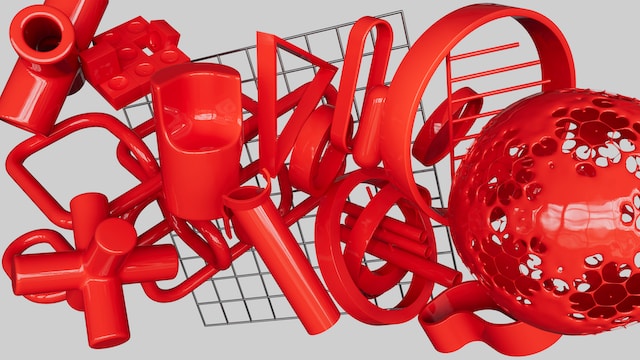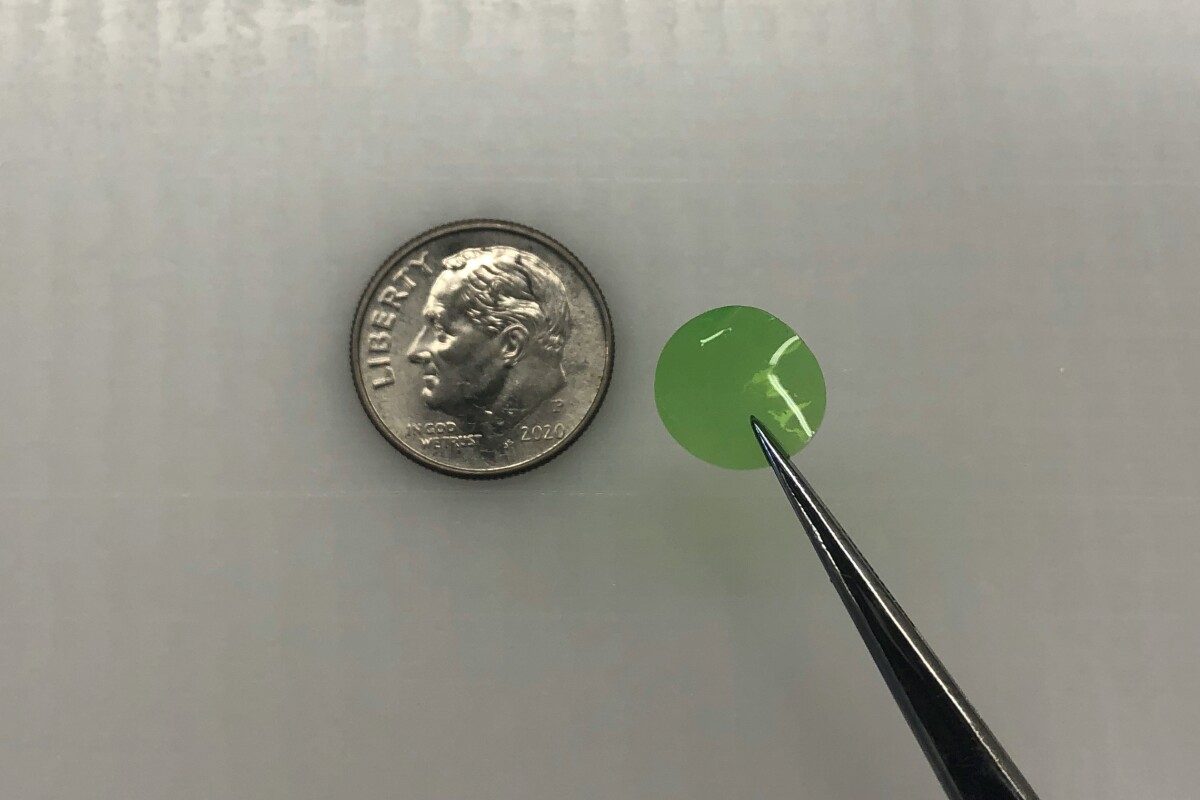Welcome to the ultimate guide to hot melt adhesives! In this article, hot melt adhesives will be defined along with their numerous varieties, uses, and advantages over competing products.
What Are Hot Melt Adhesives?
Otherwise known as hot glue, hot melt (HM) adhesives, are thermoplastic adhesives that are applied in a molten state and solidify upon cooling to form a strong bond. They are commonly used in industries including packaging, woodworking, textiles, and automotive.
The Different Types of Hot Melt Adhesives
There are several types of hot melt adhesives available, each with its own unique properties and applications. The most common types include:
- Ethylene-vinyl acetate (EVA): These HMs are versatile and often used in packaging, bookbinding, and woodworking.
- Metallocene: This is the newest technology in hot melt adhesives, commonly used for packing.
- Polyethylene: Best for moderate temperature ranges and when a low level of flexibility is required.
- APAO (Amorphous Poly Alpha Olefins): Often the backup when EVAs can’t meet all the requirements.
- PSA (pressure-sensitive adhesives): A rubber-based technology with several unique applications.
The Various Applications of Hot Melt Adhesives
Hot melt adhesives have a wide range of applications across various industries. Some popular applications include:
- Packaging: Hot melt adhesives are commonly used for sealing cartons, boxes, and envelopes. They provide fast bonding and ensure secure packaging.
- Woodworking: HMs are used for bonding wood components, such as furniture assembly, edge banding, and laminating.
- Textiles: Hot melt adhesives are used in the textile industry for bonding fabrics, attaching labels, and creating decorative designs.
- Automotive: Hot melt adhesives are used for bonding interior components, such as trim, upholstery, and headliners. They provide excellent adhesion and durability.
Why Hot Melt Adhesives Are Better Than Their Alternatives
Hot melt adhesives offer several advantages over their alternatives. According to the Open Journal of Polymer Chemistry, “Hot-melt adhesives offer advantages over their contemporary water-based and solvent-based adhesives like low volatile organic compounds, 100% solid, fast drying, setting, etc.”
In addition, there are several other reasons why hot melt adhesives are the superior choice, such as:
- Fast bonding: HMs provide instantaneous bonding upon cooling, allowing for efficient production processes.
- Versatility: They can bond a variety of materials, including plastics, metals, fabrics, and ceramics.
- Clean and safe: Hot melt adhesives are non-toxic and do not emit harmful fumes, making them safe for use in various environments.
- Cost-effective: They require minimal equipment and have a long shelf life, resulting in cost savings for businesses.
To Conclude
Hot melt adhesives are a versatile and efficient bonding solution for various industries. Their wide range of applications, superior performance, and cost-effectiveness make them the preferred choice over their alternatives. That’s why hot melt adhesives are the strong and reliable bond you need.







